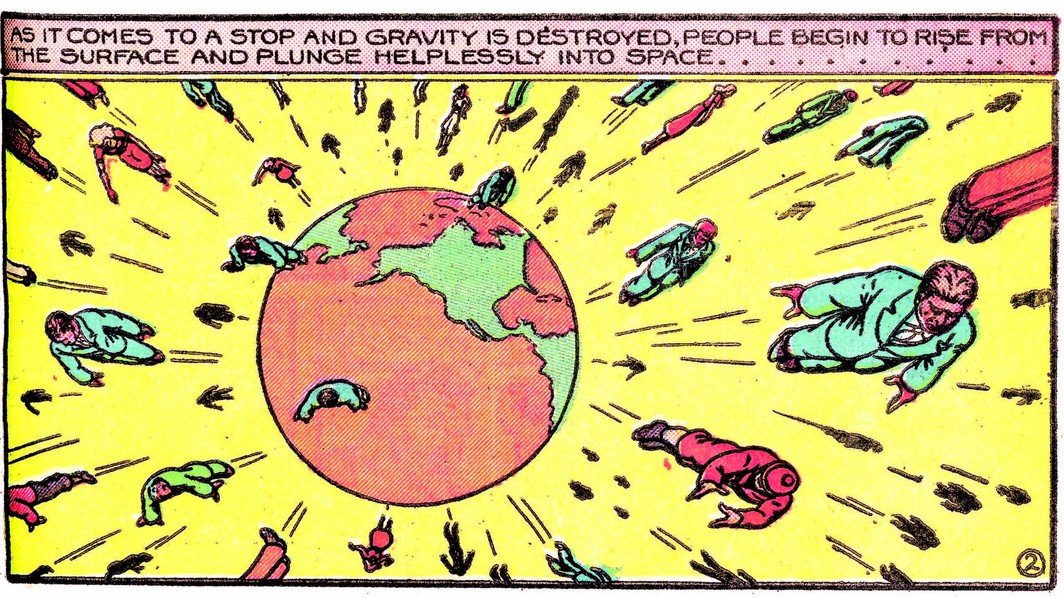À LA MODAL
Never underestimate what a “tragic” death can do for an artist’s reputation. Who knows whether the romance of Jackson Pollock as cowboy existentialist would be intact if he had survived that car crash, entered AA, and continued to drip paintings while the art world tuned into Warhol and Koons. Or imagine a seventyfive-year-old Sylvia Plath on her third marriage, exhausted after thirty years of leading poetry workshops, reciting “Daddy” on Fresh Air. Autumn Rhythm and “Ariel” would rank as masterworks even if their creators had enjoyed a fuller measure of years. But by dying precociously, neither


